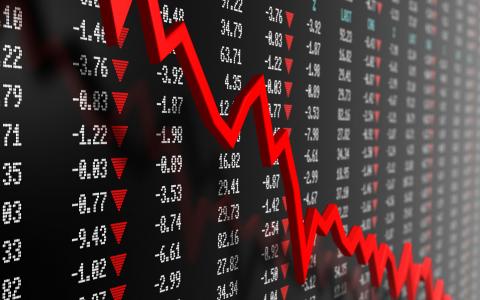
From Michael Corty, head of U.S. equity strategies at Morningstar Investment Management.
The global equity markets advanced in the first quarter. The S&P 500 generated a total return of 6.2%. Foreign stocks, as measured by the MSCI All Country World Ex USA Index, appreciated 3.5%. Small- and mid-cap U.S. stocks moved higher, with the Morningstar U.S. Small-Mid Cap Index gaining 8.9% for the quarter. And dividend stocks posted strong returns, with the Dow Jones U.S. Select Dividend Index up 19.7%.

Distinguishing Speculation From Disciplined Investing
Now, speculation—in which the focus is not on what an asset will produce but rather on what the next fellow will pay for it—is neither illegal, immoral nor un-American. But it is not a game in which Charlie (Munger) and I wish to play.
-Warren Buffett, Berkshire Hathaway 2000 shareholder letter
The equity market rally from the March 2020 lows continued into the first quarter of 2021. In the real world, as more vaccines continue to roll out globally, there’s hope of reverting back to a normal way of life relatively soon. In the investing world, some recent examples of abnormal speculative activity have carried over from the prior year.
One popular investing trend that continues is the rapid growth in special-purpose acquisition companies, or SPACs. According to the New York Times and Dealogic, 256 SPACs raised $83 billion from investors in 2020, up from $15.5 billion in 2019. As of March 24, 295 SPACs had gone public in 2021, raising $93 billion.
A SPAC begins as a shell company that raises cash from investors in an initial public offering (IPO), which is usually a relatively quick regulatory process given the only asset is cash. The money raised goes into a trust with the intention of finding a private company (usually a start-up) to acquire within an 18- to 24-month window--which explains why SPACs are referred to as “blank-check” IPOs. SPAC sponsors are typically business executives or investors who are viewed as capable of bringing in an attractive company for investment. Interestingly, some SPACs have started to hire celebrities and athletes as “advisors” to help recruit potential acquisition targets.
If a merger does not occur in the allotted time, SPAC investors essentially get their money back. If a merger takes place, the private company gets the money and shareholders receive shares (less the 20% of common equity that typically goes to sponsors as compensation for promoting the SPAC) in the newly combined firm that contains an actual business. This has become a fast-track method for a private company to go public without the lengthy SEC regulatory process for filing an IPO. It’s worth noting that SPACs have been around since the 1990s and the structure was historically used selectively by lower-quality firms that would struggle to meet the regulatory requirements for an IPO.
The surge in popularity is likely due to some combination of an increase in U.S. retail investors hunting for the next home-run stock, private owners looking to cash out at lofty valuations, and SPAC sponsors looking to seize the opportunity to generate fees while the iron is hot.
We suspect the price tags on private companies are likely to be inflated these days, especially given the rapid growth in the number of SPACs with blank checks chasing deals. Adding to this valuation concern is the fact that there’s usually a ticking clock to make a deal within 18 to 24 months, which can lead to various shortcuts, including a lack of discipline in conducting due diligence on target companies or how much to pay for a business.
One of the more speculative aspects of this SPAC phenomena occurs when share prices move higher before an acquisition is even announced. This means that in certain cases market participants are bidding up shares of a shell company before it has any assets besides cash—essentially anticipating what hot private company the SPAC might acquire without much regard to valuation. The underlying investment in an unproven company at lofty valuations already looks risky enough to us before layering on another layer of speculation in not knowing what will be purchased.
We’ve seen other examples of speculative fervor in recent months. The frenzied trading action in stocks like GameStop was unusual enough to capture the attention of the mainstream media in late January. Setting aside the retail investor versus hedge fund narrative and social media aspects of this story, trading in the stock eventually became a game of “what the next fellow will pay for it,” also known as the greater fool theory.
The team of portfolio managers and analysts on our Select Equity team don’t subscribe to the greater fool theory. When managing our equity portfolios, we do not view stocks as squiggly lines on a chart. Rather, we view buying a stock as taking an ownership stake in a business, whose value will be determined by its future steam of annual cash flows. We spend a considerable amount of time and effort conducting research on the competitive position and valuation for each of our potential investments, with the help of a small army of Morningstar analysts at our disposal.
We prefer to invest in high-quality businesses, which we define as those with durable competitive advantages, strong balance sheets, shareholder-oriented management teams, and a history of profitability. We don’t buy stocks at any price; instead we wait until they trade at discounts to our estimates of their intrinsic value. We will generally sell stocks when we deem them to be fully- to overvalued.
Our long-term and disciplined approach to investing stands in sharp contrast to chasing the latest fad or disregarding valuation in the hunt for the next home-run stock.



